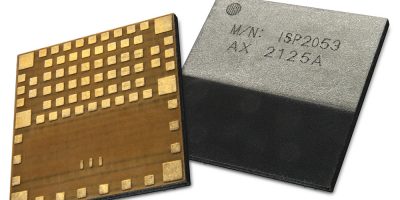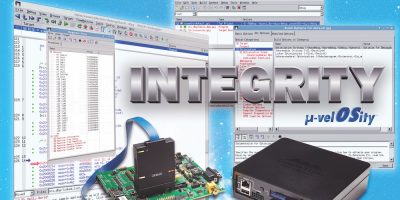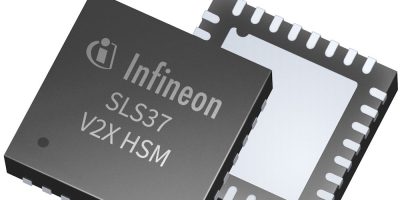An RF module with dual-core processor uses Bluetooth technology in what is claimed to be the smallest package on the market. Insight SiP says the ISP2053-AX RF module supports sophisticated applications and removes the need for an additional host processor.
For advanced Bluetooth applications, it has a dual-core Arm processor, Bluetooth Low Energy 5.2 Long Range connectivity, the capability to support Bluetooth Low Energy Audio, and security features via Arm Trustzone. With extended temperature capability up to 105 degrees C, it can support every kind of advanced Bluetooth based solution including angle of arrival and low latency/streaming, says Insight SiP.
The standard 8.0 x 8.0 x 1.0mm package has an integrated RF matching and integrated antenna. There is also 32MHz and 32kHz crystals and DC/DC support for each processor, meaning it is a fully functioning Bluetooth node only requiring a power supply to operate.
This module is based on the nRF5340 Nordic Semiconductor SoC. The next generation architecture has a 2.4GHz transceiver, a 64MHz M33 network core with 256kbyte flash and 64kbyte RAM and a 128MHz M33 application core with 1Mbyte flash and 512kbyte RAM. The two cores can be operated independently to optimise performance for power consumption, throughput, and real time response.
Peripheral connections available to both cores include USB, QSPI, SPI and UART. As well as supporting Bluetooth Low Energy, the module can run Zigbee, Thread and other 802.15.4 based protocols, concurrently with Bluetooth Low Energy. Protocols stacks and applications run on the real time Zephyr operating system which provides a suite of drivers and services.
For security in the IoT, the ISP2053 has Arm Trustzone capability. This allows secure key storage, advanced encryption and root of trust verification, enabling devices to be securely authenticated, updated and data exchange protected end to end.
The ISP2053 RF module is designed to run on a coin cell battery if required. According to Insight SiP, the module’s low power consumption and advanced power management system enable the battery to “last up to several years”.
Initial samples are available now. Full production of the modules will start in 2022. Certification is pending.
Development kits together with sample software will be made available.







